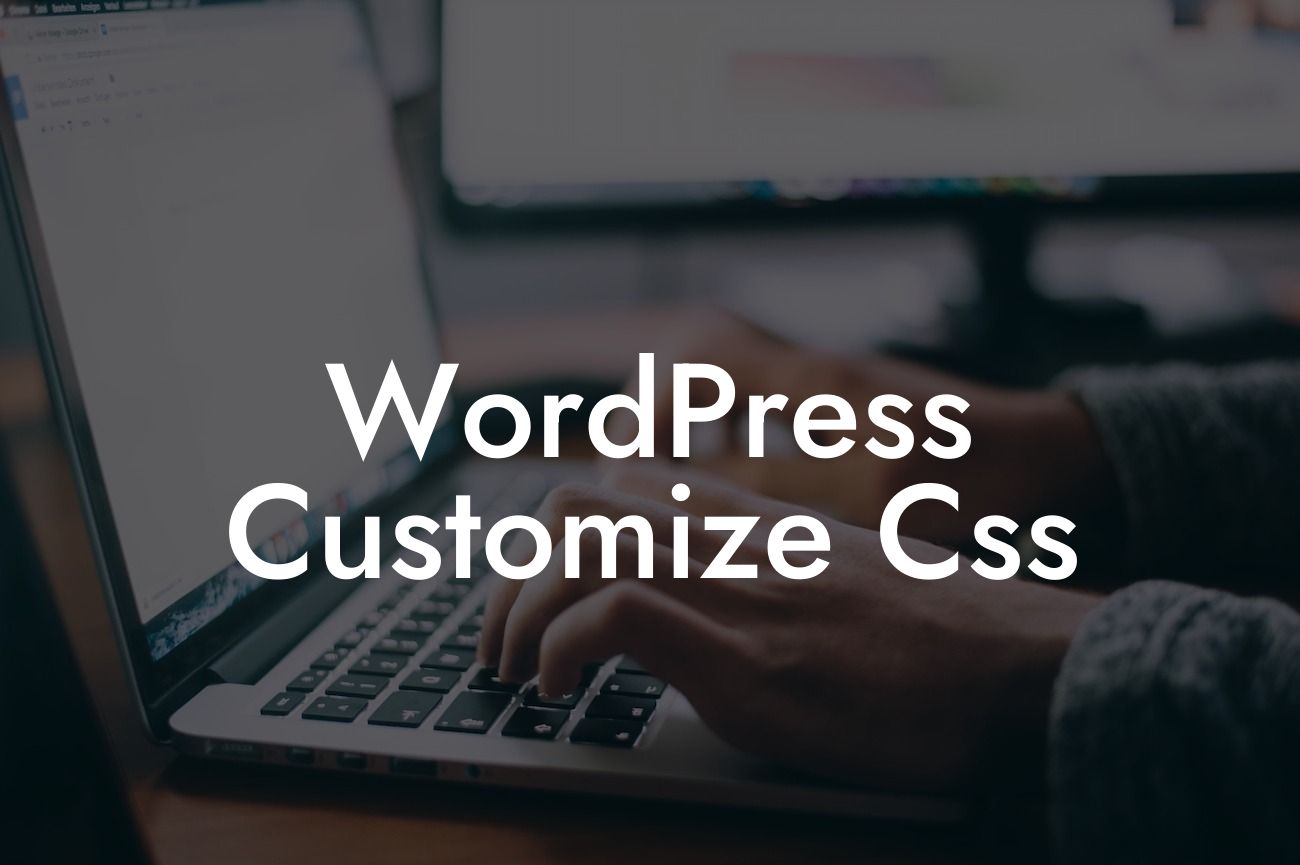Have you ever visited a website and instantly fell in love with its unique design and stunning visual elements? Well, that website probably had some CSS customization behind it. If you're a small business owner or entrepreneur looking to elevate your online presence, this article is for you. In this guide, we will delve into the exciting world of WordPress CSS customization and discover how you can transform your website into a visual masterpiece. Get ready to say goodbye to ordinary and embrace the extraordinary!
WordPress provides endless possibilities when it comes to website customization, and CSS (Cascading Style Sheets) is the secret ingredient to unlock its true potential. With CSS, you can take control of your site's appearance and make it truly reflect your brand. Let's explore some key steps to get you started:
1. Understanding CSS Selectors:
- Dive into the world of CSS selectors, which are responsible for targeting specific HTML elements on your website. Learn how to use selectors effectively to customize different sections of your site.
2. Finding the Right CSS Code:
Looking For a Custom QuickBook Integration?
- Discover various online resources and tools where you can find ready-made CSS code snippets that align with your desired customization. Save time and effort by standing on the shoulders of CSS giants!
3. Accessing Your WordPress Theme's CSS:
- Learn how to access and modify your WordPress theme's CSS file. Whether you're using a free or premium theme, this step is crucial for adding custom CSS and making your website shine.
4. Implementing CSS Changes:
- Follow our step-by-step instructions to safely implement CSS changes in your WordPress site. From using the built-in customizer to utilizing child themes, we've got you covered with different methods for seamless customization.
Wordpress Customize Css Example:
To help solidify your understanding, let's take a realistic example. Imagine you want to change the font color of your website's headings to match your brand's color palette. By following the steps outlined above, modify the CSS code to target the specific heading elements and adjust the color property accordingly. Voila! Your website now boasts cohesive branding elements.
Congratulations! You've taken the first steps towards becoming a master of WordPress CSS customization. Remember, the key to success is practice and experimentation. Don't be afraid to try new things and let your creativity shine through. For more in-depth guides and tips on website customization, check out other articles on DamnWoo's blog. And while you're at it, supercharge your website's success by trying out one of our awesome WordPress plugins. Share this article with your fellow entrepreneurs and make a difference together!













